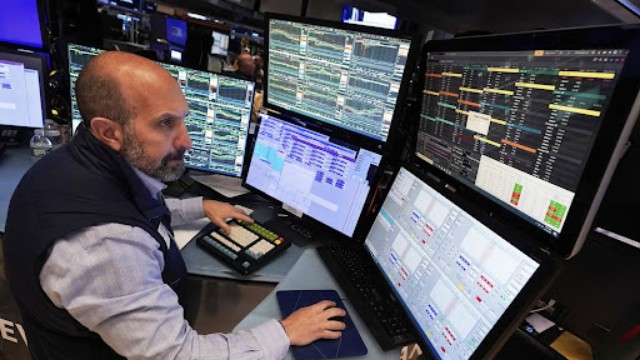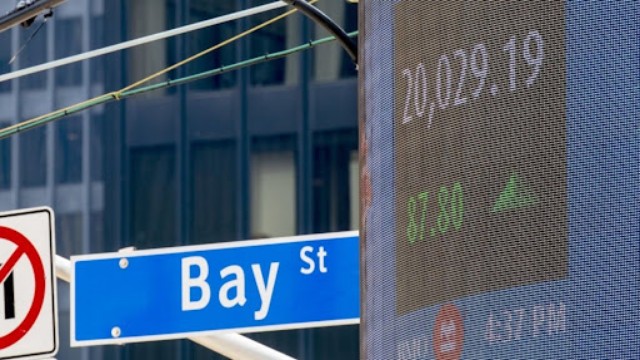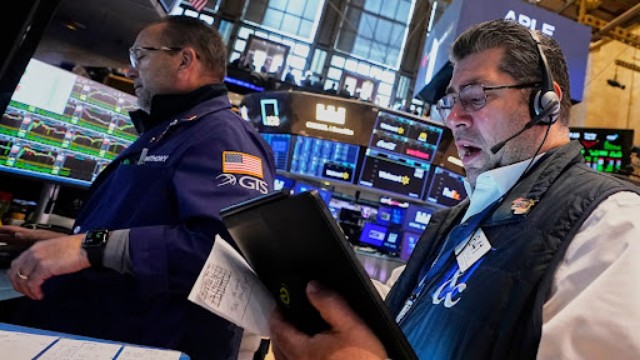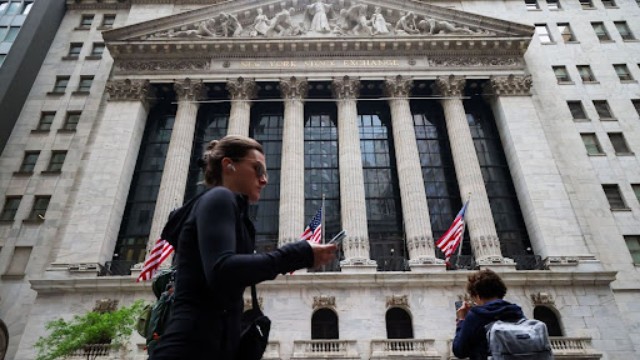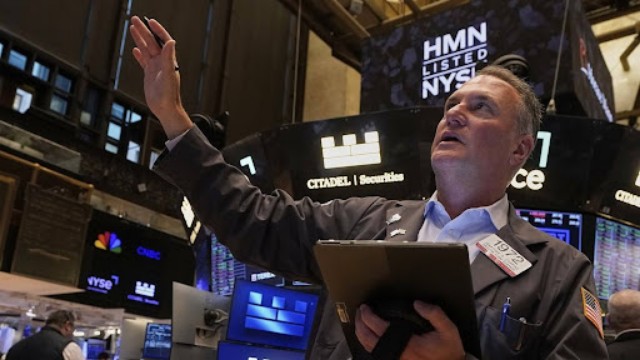
Traders are once again pulling back from American investments after Moody’s lowered its view of the U.S. economy. The downgrade has made some investors nervous, leading them to move their money out of U.S. assets.
The new trading week opened on a tense note for investors after Moody’s Ratings downgraded the United States government’s credit score from Aaa to Aa1. This decision, announced late Friday, points to growing anxiety over America’s rising debt, political deadlock, and spending habits.
Moody’s was the last of the three major rating agencies to take this step. The downgrade reflects what the agency described as years of unchecked borrowing by both Republican and Democratic leaders, with little sign of restraint in sight.
On Monday, the impact was felt fast. Yields on 10-year US Treasury bonds rose to 4.50%, while 30-year yields hit 4.99%. A further rise could revisit levels not seen since 2023, when long-term yields peaked at 5.18%, the highest since 2007.
Franklin Templeton’s Max Gokhman said the downgrade was no surprise. With rising borrowing costs and growing doubts from large investors like sovereign funds, US government bonds might lose their appeal. He warned this could create a dangerous chain reaction — higher yields, a weaker dollar, and reduced interest in US stocks.
Analysts from Wells Fargo echoed that concern. They expect Treasury yields to climb another 5 to 10 basis points as a direct response to the downgrade. While typically higher yields boost a currency, traders now worry that deeper debt problems may drag the dollar down even further.
A Bloomberg index tracking the US dollar has already dipped near its lowest point since April. Option traders are more bearish on the greenback than they’ve been in five years.
This is not the first time the US market has been shaken this year. Back in April, tariffs announced by President Trump triggered a sharp selloff. That storm passed after a pause on China tariffs, but focus soon shifted to the nation’s growing debt.
According to Societe Generale’s Subadra Rajappa, rising interest rates will only add to government costs and deficits. In the long term, if Treasuries lose their image as a safe bet, that could reduce foreign demand for US assets.
Even European Central Bank President Christine Lagarde weighed in, noting that the dollar’s recent slide against the euro reflects “uncertainty and a loss of confidence” in US financial policies.
Treasury Secretary Scott Bessent played down Moody’s move, calling it a “lagging indicator” during an interview. He insisted the government is committed to cutting spending and boosting growth.
President Trump, trying to ease market nerves, said he would speak with Russian President Vladimir Putin to discuss ending the war in Ukraine — a diplomatic gesture aimed at calming global tension.
Moody’s downgrade wasn’t unexpected. The federal deficit is nearing $2 trillion a year — more than 6% of GDP. By 2029, the debt is expected to surpass post-WWII records, reaching 107% of GDP. Moody’s estimates that by 2035, the deficit could hit nearly 9% of GDP, driven by rising interest costs and entitlement spending.
Meanwhile, Congress is working on a massive tax-and-spending package that could pile on even more debt. The Joint Committee on Taxation pegs the cost at $3.8 trillion over the next decade, but other experts suggest it could be far higher.
Still, some analysts think the downgrade will have little real effect. Barclays strategists noted that past downgrades, like S&P’s move in 2011, had minimal market impact. They don’t expect this one to change Congressional votes or cause forced selling of Treasuries.
At the same time Moody’s made its announcement, US Treasury data showed China reduced its holdings of US debt in March. While some see this as a warning sign, others like former Treasury official Brad Setser say it’s more about adjusting maturity dates than abandoning the dollar.
Despite rising tension, there was no clear sign in March that foreign buyers were turning their backs on US debt. Demand for government securities stayed strong, even amid trade tensions and fiscal worries.
Investors, however, must remain alert. Just a week ago, they were celebrating better trade news with China. Now, the spotlight is back on Washington’s handling of debt — and what that means for markets around the world.



